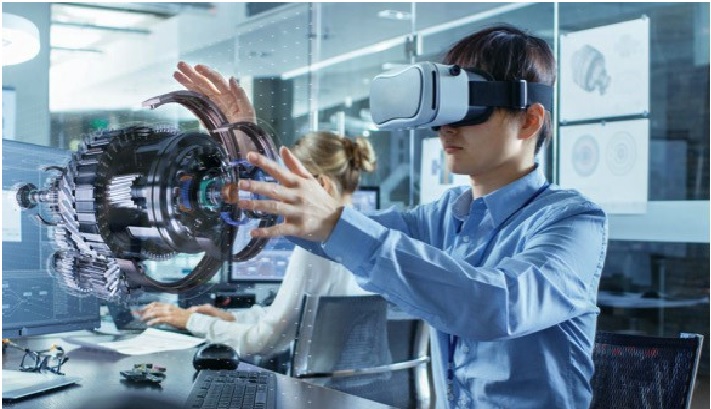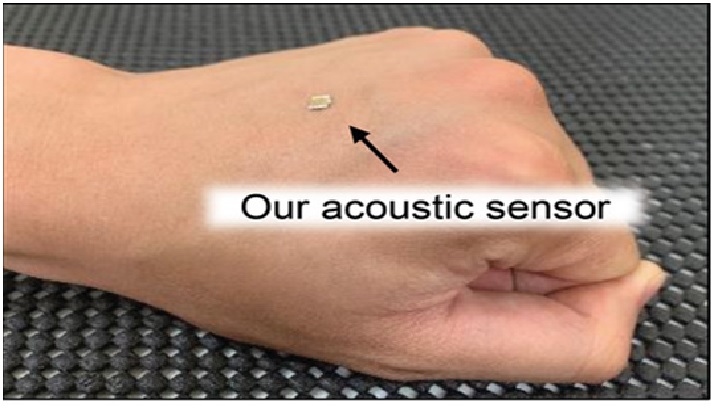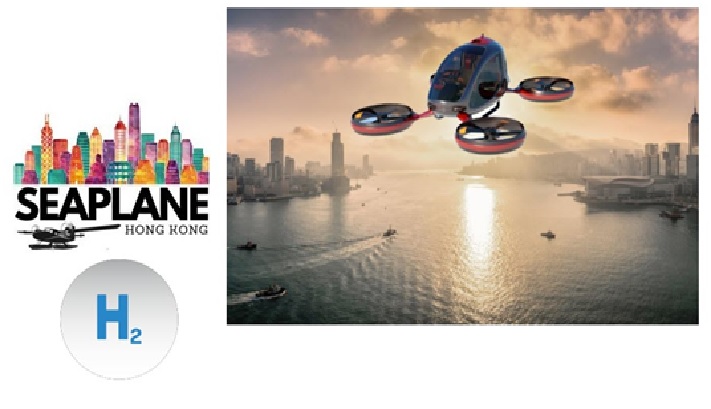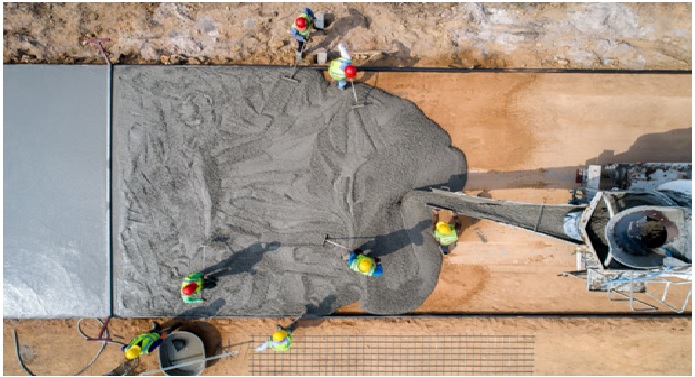The Next Step of Digital World is Spatial Computing
Spatial computing is the digitization of activities of machines, people, objects, and the environments in which they take place to enable and optimize actions and interactions. [1] This technology has the potential to digitally transform how industrial enterprises optimize operations for frontline workers in their factories, worksites, and warehouses. The spatial computing process is shown in figure 1.

Figure 1: The Spatial Technology [2]
Spatial technology enables industrial companies to:
The prevalence of automation, as well as machines working alongside humans, is increasing globally. Spatial computing will unlock synchronized operations between these humans and machines, as they work side by side. It is the ultimate way to optimize entire worksites occupied by humans and machines, including coordinating the work of every machine and worker involved in the process.
Spatial computing enables coequal collaboration between humans and machines, but it also enhances each individually. [3] Well unpack the important components of this concept, with existing and future examples illustrating its potential.
There are an incredible range of opportunities in the spatial computing environment, and as technology evolves, our ability to tap into the digital world is just growing. As we head forward into 2020, there’s no doubt that we’ll continue to see plenty of legacy companies and startups offering computing software solutions that focus on augmented workflows, immersive training, office productivity, design visualisation, and more.
You don’t have to be convinced that you and your team members will one day be wearing smart glasses and headsets to work to see the value of spatial computing either. Already, this technology is changing the way that we live, work and learn. [4] Self-driving cars are becoming a more significant reality every day. Advanced robotics are providing each of us with a virtual assistant in our own homes. Elements of spatial computing are already bleeding into every aspect of your life.
More importantly, the most significant applications of spatial computing show us that this technology isn’t just fun and games. With the right technology, we can create experiences that really change the world around us for the better. For instance, when GE equipped its technicians with AR glasses, they achieved a 34% improvement in productivity for each worker. That’s because the individuals wearing the glasses had a more immersive way to see the information that they needed as they worked.
References:
- https://www.ptc.com/en/industry-insights/spatial-computing
- https://medium.com/edtech-trends/a-look-into-the-world-of-spatial-computing-through-the-infinite-retina-878b4cbdcb27
- https://www.ptc.com/en/blogs/corporate/what-is-spatial-computing
- https://www.uctoday.com/unified-communications/what-is-spatial-computing-the-basics/
Cite this article:
Vinotha D (2022), The Next Step of Digital World is Spatial Computing, AnaTechMaz, pp.202















